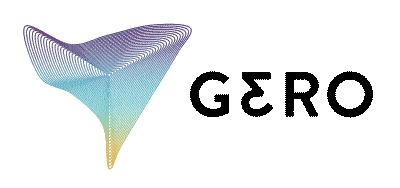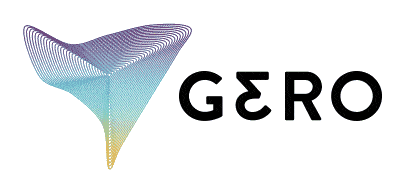
Any question about our company, a partnership, or job opportunities?
Please complete our contact form and we will get in touch ASAP
By clicking submit below, you consent to allow Gero to store and process the personal information submitted above to provide you the content requested.
Gero pioneer ways to understand, measure and, ultimately, control its progression. Combining analytical approaches originating from the dynamical systems theory and physics of complex systems yields predictive models of aging for AI drug discovery against aging and aging biomarkers discovery. Ultimately, Gero aims to suggest and efficiently test state-of-art therapies aimed at the aging process itself.
Hacking aging with GERO.AI
Aging is a natural part and the "last mile" of a human development program
Aging Therapy
Though enormous resources are involved in research dedicated to the development of therapies against almost all age-related diseases, each field's potential success would not dramatically change the human population's lifespan. According to the Taeuber paradox, if all cancer in the world is cured, a human will leave on average only three years longer and six years longer if we fix all the cardiovascular diseases.
A growing number of scientists and pharmaceutical experts believe that a much more promising strategy is to solve the underlying cause or risk factor of all these diseases — aging.
Aging is a significant and continuously growing burden on economies and societies and the most critical risk factor for disease, disability, and mortality worldwide. Between 2015 and 2030, the number of people in the world aged 60 years or over is projected to grow by 56%, from 901 million to 1.4 billion, and by 2050 the global population of older people is projected to more than double its size in 2015, reaching nearly 2.1 billion.
Globally, population aged 60 or over is growing faster than all younger age groups
Biomarkers of Aging
"We proved that it is possible to assess biological age and predict health outcomes based solely on the physical activity data"
Our modeling platform allowed us to systematically evaluate the relationship between physical activity and biological age, mortality risk, and frailty. To do that, we used human physical activity records from the 2003-2006 National Health and Nutrition Examination Survey (NHANES) and UK Biobank (UKB) databases. These large databases contain uniformly collected digital activity records provided by wearable monitors, health and lifestyle information, and death registries.
Over 400M of wearable devices and smartphones was sold in 2020. That creates an unprecedented opportunity for aging research
Our ready-to-use digital biomarker technology is available for licensing and can be used by life insurance & pension companies to:
Develop a new generation of personalized underwriting models to gather all necessary data from widely available consumer devices.
Complement the classical actuarial mortality and morbidity analysis by adding personalized risk factors based on health data.
Enhance customer experience and awareness by developing rewards programs to cultivate healthy lifestyle choices, resulting in reduced healthcare expenses.
Develop a new generation of personalized underwriting models to gather all necessary data from widely available consumer devices.
Complement the classical actuarial mortality and morbidity analysis by adding personalized risk factors based on health data.
Enhance customer experience and awareness by developing rewards programs to cultivate healthy lifestyle choices, resulting in reduced healthcare expenses.
The recent explosion in popularity of web-connected wearable devices has generated massive amounts of high-quality measurements, including physical activity tracks, heart rate, and skin temperature.
For more information on aging biomarkers visit gerosense.ai



